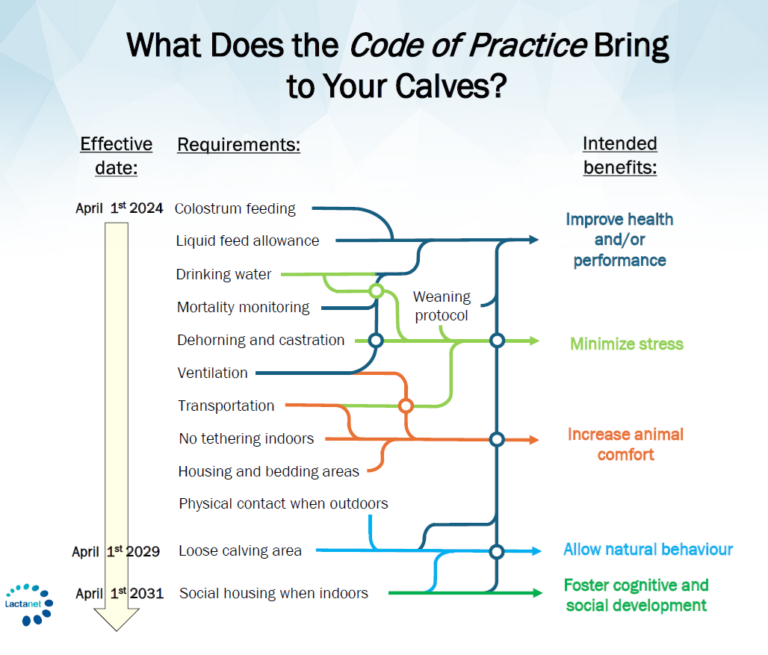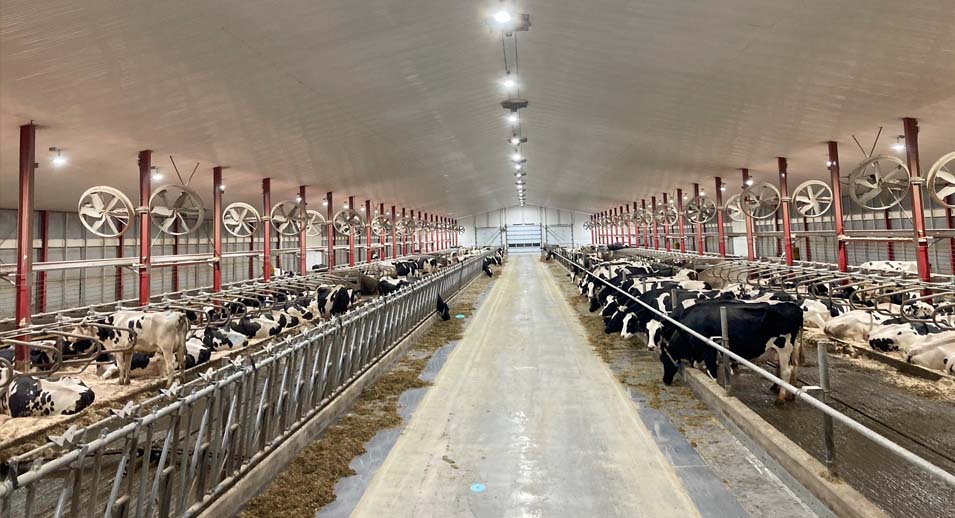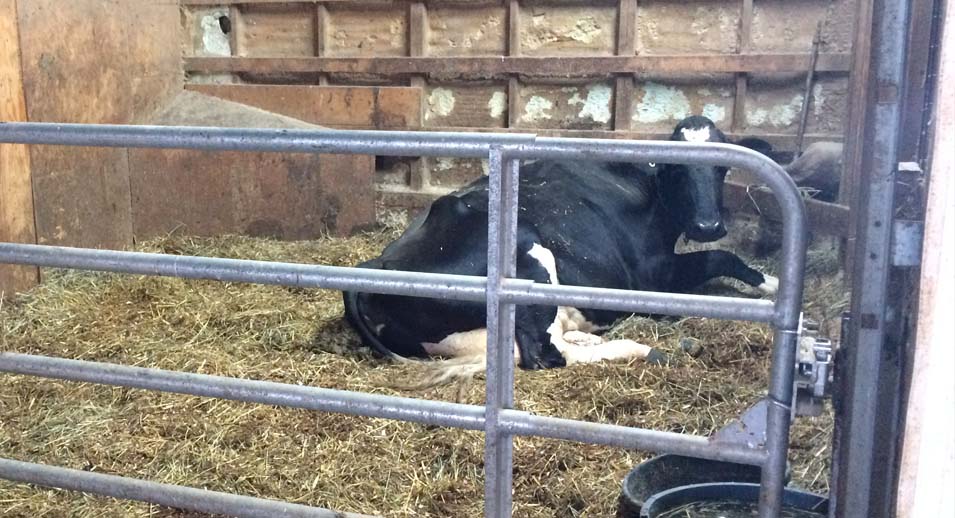What Does the Code of Practice Bring to Your Calves?
- 12, June 2024
The updated Code of Practice for the Care and Handling of Dairy Cattle has set requirements and proposed recommendations in different areas related to calf rearing that took effect on April 1st, 2024, or will come into effect in the upcoming years.
To facilitate tracking and understanding these new regulations, and how they can benefit calves, we integrated these elements graphically below. A brief description of the requirements and recommendations is provided in the table below as well as the respective section in the Code to serve as reference for further details.
Links to the Code and additional resources can be found at the end of this article.

Area | Description | Code’s section |
Colostrum feeding | 4 liters of good quality colostrum must be provided to both male and female calves within 12 hours of birth, first meal within 6 hours after birth. Recommendations: Evaluate and monitor colostrum and transfer of passive immunity; provide supplemental high-quality colostrum even when calves are allowed to suckle from a cow; follow practices that preserve the cleanliness of colostrum; feed transition milk (2nd to 6th milking) to calves for at least 3 days; consult a veterinarian or qualified advisor if transfer of passive immunity is suboptimal. | |
Liquid feed allowance | Calves must be offered a minimum total daily intake of 15% birth weight during the first 6 days of life and a minimum of 20% birthweight from 7 to 28 days. These quantities should be increased if calves are at risk of cold stress. | |
Drinking water | Calves must have access to clean and palatable water. Providing enough water to maintain normal health and hydration, accounting for factors such as environmental temperature and diet. | |
Mortality monitoring | Mortality rates exceeding 10% in female calves from 2 days of age requires corrective action to be implemented in consultation with a veterinarian or other qualified advisor. | |
Weaning protocol | Calves must be ≥ 8 weeks of age before weaning is complete and be weaned gradually over at least 5 days. Recommendations: Weaning period over 10 days or more; start weaning calves when they are older than 8 weeks or when individual calves consume at least 1.4 kg of starter per day for at least 3 consecutive days. | |
Dehorning and castration | Except in exceptional circumstances, horn bud removal must be done by 2 months of age. Local anesthesia and systemic analgesia must be provided as part of the procedure. Banding is not an acceptable dehorning method. If castrating calves, local anesthesia and systemic analgesia must be used, and it must be done as early as possible. | |
Ventilation | Facilities, including hutches, must provide calves with fresh air, prevent the accumulation of harmful dust, gases, and moisture, and minimize the risk of heat and cold stress. | |
Transportation | Only ship calves if they are free from signs of disease and have a healed, uninfected navel. Calves ≤ 8 days old must be transported directly to their final destination with special provisions, not through an auction or assembly yard. | |
Tethering | Calves must not be tethered indoors. Calves may be tethered only if housed outdoors in hutches with access to an area outside the hutch. In this case, the tether must include a collar. | |
Housing and bedding areas | Calves must have visual contact with other cattle and be able to adopt normal postures (easily stand up, lie down, turn completely around, stand fully upright (not touching top of enclosure), sternal and lateral resting postures, and groom themselves). Group-housed calves must have a bedded area large enough for all calves to simultaneously rest comfortably. | |
Physical contact when outdoors | Calves housed outdoors, including in hutches, must have physical contact with another calf unless separated for health reasons or protection from adverse weather. | |
Loose calving area | Calving areas for both cows and calves must be clean, safe, and separated from the lactating herd providing enough space for the cow to be assisted. Effective April 1, 2029, all farms must provide cattle with loose housed maternity pens, yards, or pastures that permit them to turn around. In the meantime, only newly built barns must comply with this requirement. Recommendations: provide soft, high traction flooring; provide 15 m² (160 ft²) of resting area in individual cow maternity, or 14 m² (150 ft²) per cow of resting area in group calving pens; ensure cows are familiar with their calving facilities prior to calving; avoid moving or regrouping cows after they have been moved to calving areas; monitor and manage cows in group calving pens; clean and disinfect maternity pens as often as conditions warrant. | |
Social housing when indoors | Develop a plan to transition to pair/group housing methods, in consultation with a veterinarian or other qualified advisor, if raising calves individually indoors. Effective April 1, 2031, by 4 weeks of age calves raised indoors must be housed in pairs or groups if they are healthy, thriving, and compatible. Recommendations: Group calves of similar age and size together; keep groups as stable as possible; if possible, use all-in/all-out method to manage groups; to evaluate the success of calf housing systems observe calf appearance, growth, behavior, disease, and mortality |
Information on the new Code extracted from the National Farm Animal Care Council – “Code of Practice for the Care and Handling of Dairy Cattle”, available as a PDF or HTML document.
Information and tips on calf management can be found in the following articles:










